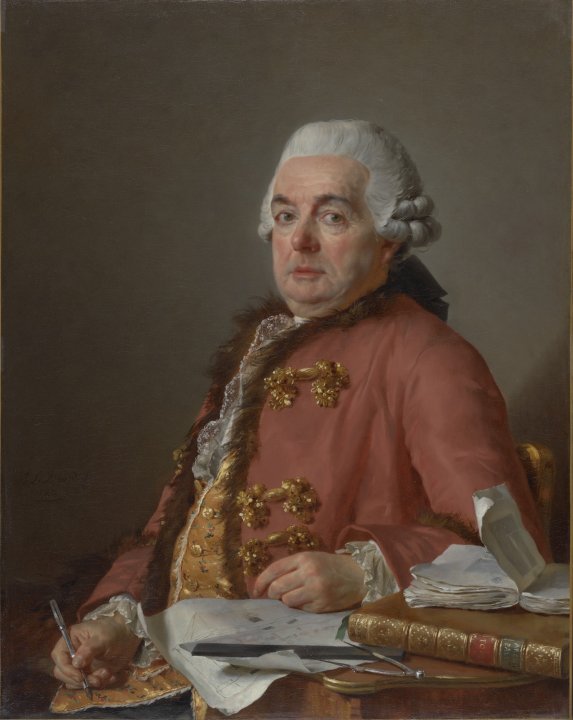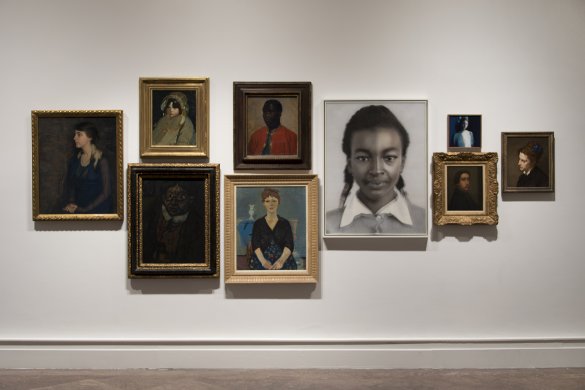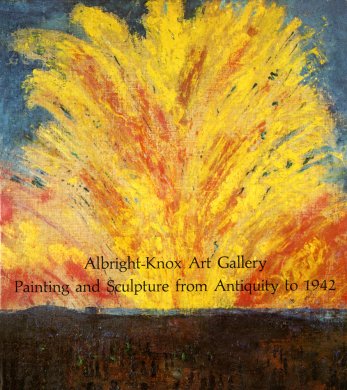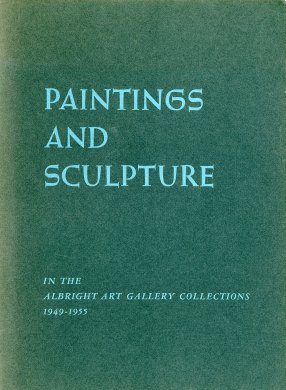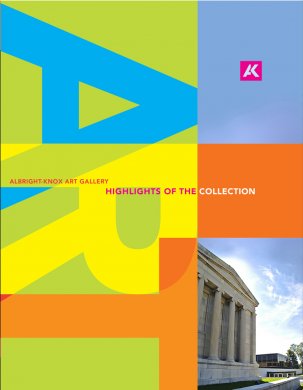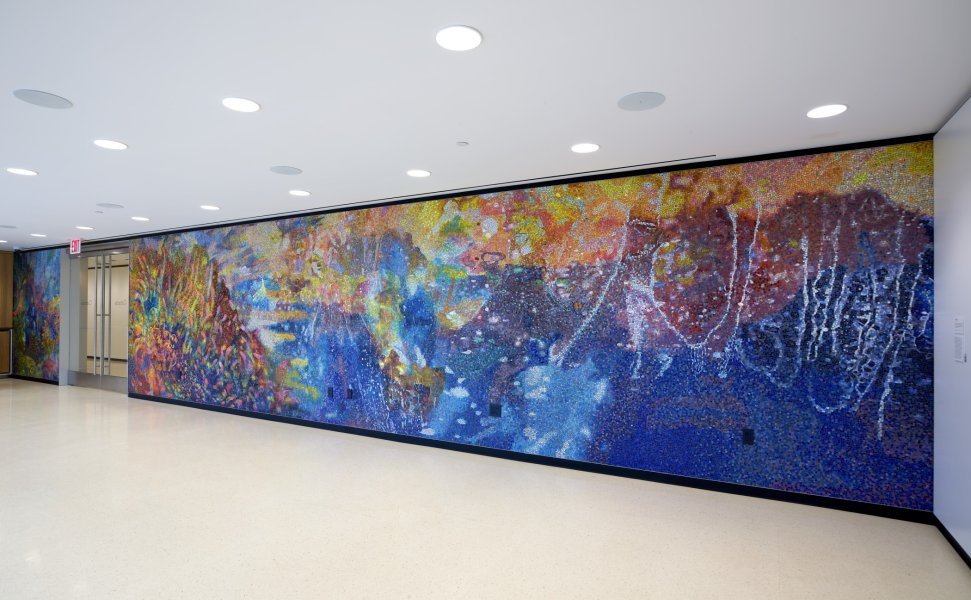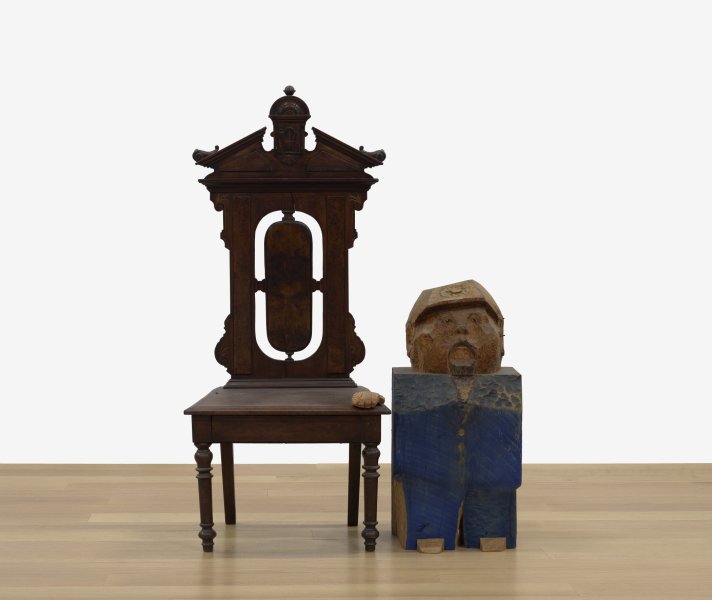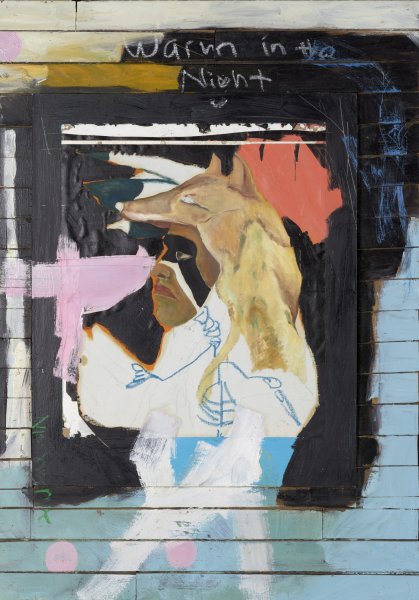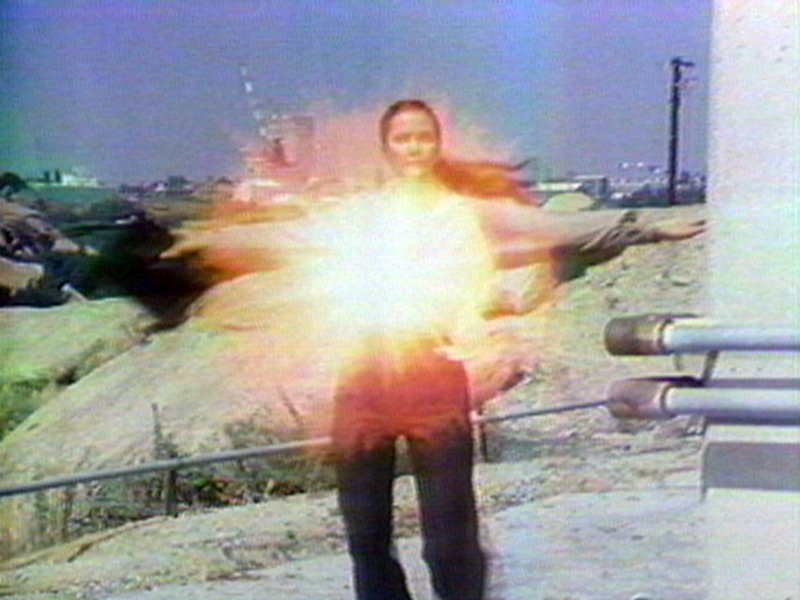Jacques-Louis David
French, 1748-1825
Portrait of Jacques-François Desmaisons, 1782
Artwork Details
Currently on View
Collection Highlight
Materials
oil on canvas
Measurements
support: 36 x 28 1/2 inches (91.44 x 72.39 cm); framed: 45 1/2 x 37 7/8 x 4 1/2 inches (115.57 x 96.2 x 11.43 cm)
Collection Buffalo AKG Art Museum
Credit
General Purchase Funds, 1944
Accession ID
1944:1
When he was only nine years old, Jacques-Louis David’s father was killed in a pistol duel, and his uncles, architects François Buron (French, 1731–1818) and Jacques-François Desmaisons (French, ca. 1720–1789), helped raise him. Buron and Desmaisons encouraged David to follow them in the profession, but David found himself preoccupied with drawing and went on to study at the École des Beaux-Arts in Paris. In this painting, David portrays Desmaisons seated at a table with the tools of his trade: architectural drawings, a ruler, a compass, and books about architecture. The spine of one of the books is imprinted with the name of Andrea Palladio (1508–1580), a sixteenth-century Italian architect and author whose work inspired Desmaisons. While David’s portrait of his uncle is fairly typical of the period in its overall composition, it is also a warm and intimate representation of a man who was very important to the artist. Desmaisons’s pose and attitude seem to imply that we have just interrupted his work. He lowers his pen, glances up, and raises his eyebrows to glance at the viewer.
